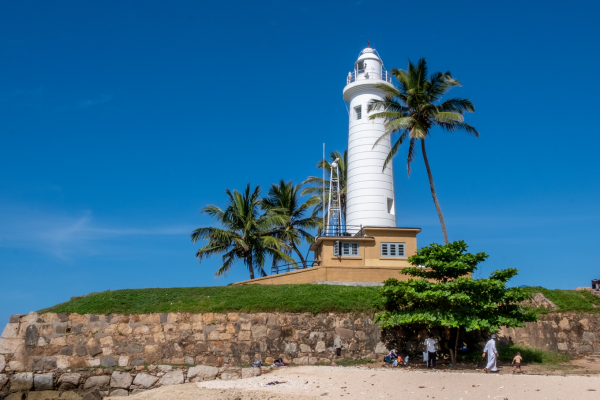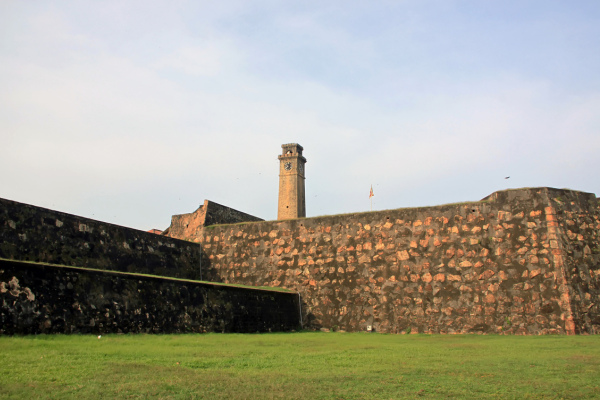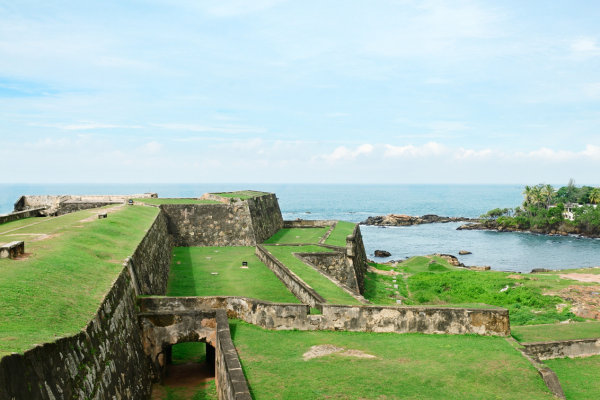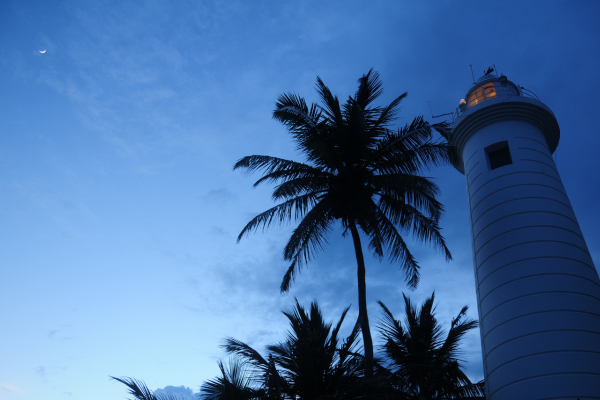A UNESCO World Heritage Site “ Galle Fort ” – By Malsha – eLanka

Galle Fort is a historic fortified city located in the southern coast of Sri Lanka, in the city of Galle. It was built by the Portuguese in the 16th century, later fortified by the Dutch during the 17th century, and it remains one of the best examples of a fortified city built by European colonial powers in South and Southeast Asia.
Today, Galle Fort is a UNESCO World Heritage Site and a popular tourist destination, known for its picturesque cobblestone streets, colonial-era buildings, museums, art galleries, boutique shops, and restaurants. It is also home to the famous Galle International Cricket Stadium, which is one of the oldest cricket grounds in the world.

The history of Galle Fort dates back to the early 16th century when the Portuguese arrived in Sri Lanka. They built a small fortification in the area that is now known as Galle Fort. However, the Portuguese fort was not very large and did not provide sufficient protection against attacks from other European powers.
In the mid-17th century, the Dutch East India Company arrived in Sri Lanka and took control of the island from the Portuguese. The Dutch saw the strategic importance of Galle and decided to build a larger and more sophisticated fortification in the area. They also expanded the existing town and built a number of impressive buildings, including churches, government offices, and residences.
Over the next few centuries, Galle Fort was an important center for trade and commerce, serving as a hub for the Dutch, British, and other European powers. However, in the 19th century, with the decline of the Dutch and the rise of the British, Galle Fort lost much of its importance and began to fall into disrepair.
In the 20th century, the Sri Lankan government recognized the historical and cultural significance of Galle Fort and began a restoration project to preserve and protect the fortification. Today, Galle Fort is a UNESCO World Heritage Site and one of the most popular tourist destinations in Sri Lanka, attracting visitors from around the world who come to see its beautiful architecture, charming streets, and rich history.

Galle Fort is located on the southwestern coast of Sri Lanka, in the city of Galle. It is situated on a small peninsula that juts out into the Indian Ocean, surrounded on three sides by the ocean and on the fourth side by the city of Galle.
The fortification covers an area of about 52 hectares and is roughly rectangular in shape. It is surrounded by high walls that are up to 12 meters thick in some places and up to 7 meters high. The fortification also has a number of bastions and ramparts that were designed to defend against attacks from the sea.
Within the walls of the fortification, there are a number of buildings that date back to the Dutch colonial period, including churches, government offices, residences, and warehouses. Many of these buildings have been restored and preserved, and they provide a glimpse into the history and culture of Sri Lanka during the colonial era.
The geography of Galle Fort also includes a number of natural features, including beaches, coral reefs, and a natural harbor. These features have made the area an important center for trade and commerce throughout history, and they continue to attract visitors from around the world who come to enjoy the beautiful scenery and rich cultural heritage of the region.

UNESCO (the United Nations Educational, Scientific and Cultural Organization) designated Galle Fort as a World Heritage Site in 1988. This designation was made in recognition of the fortification’s outstanding universal value as a cultural and historical site that represents a significant chapter in the history of Sri Lanka and the region.
Galle Fort is considered to be an excellent example of a fortified city built by European colonial powers in South and Southeast Asia, and it demonstrates the influence of different architectural styles and building techniques from around the world. It also reflects the interaction and integration of different cultures and religions in Sri Lanka, as evidenced by the presence of Hindu and Buddhist temples, Christian churches, and Islamic mosques within the fortification.
In addition to its cultural and historical significance, Galle Fort is also recognized for its natural beauty and unique coastal environment. The fortification is surrounded by the Indian Ocean on three sides, and it contains a number of natural features, including coral reefs and a natural harbor. These features have made the area an important center for trade and commerce throughout history, and they continue to attract visitors from around the world who come to enjoy the beautiful scenery and rich cultural heritage of the region.
Overall, the designation of Galle Fort as a World Heritage Site is a recognition of its exceptional cultural and historical value and its importance as a global treasure that should be protected and preserved for future generations.







